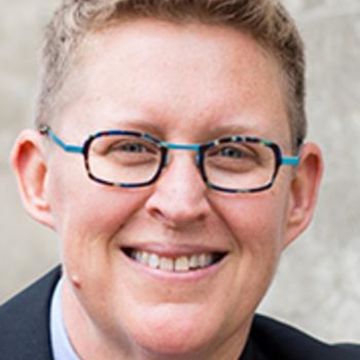Environment and Society
The range of methods available for archaeologists wanting to study the relationships between societies and their environments has increased substantially over recent decades. The development of stable isotope analysis of human and animal bones and plants has provided new insights into human adaptations through time and over space. The study of starch, phytoliths and lipids in ancient pottery and on ancient groundstone implements has greatly added to our ability to understand past food and foodways. These new techniques, along with the analysis of ancient DNA, have also allowed archaeologists to study human mobility and migration. The histories of the spread of disease can now more fruitfully be studied, and at Stanford there is much interest in the systems of interaction and movement across oceans and seaways, from the Indian and Pacific Oceans to the Mediterranean. Micromorphology of ancient soils allows study of the ways environments have been used and transformed in the past, leading to a critique of modern notions of the Anthropocene.
People
Dunlevie Family Professor in the School of Humanities and Sciences
Associate Professor, Department of Anthropology






